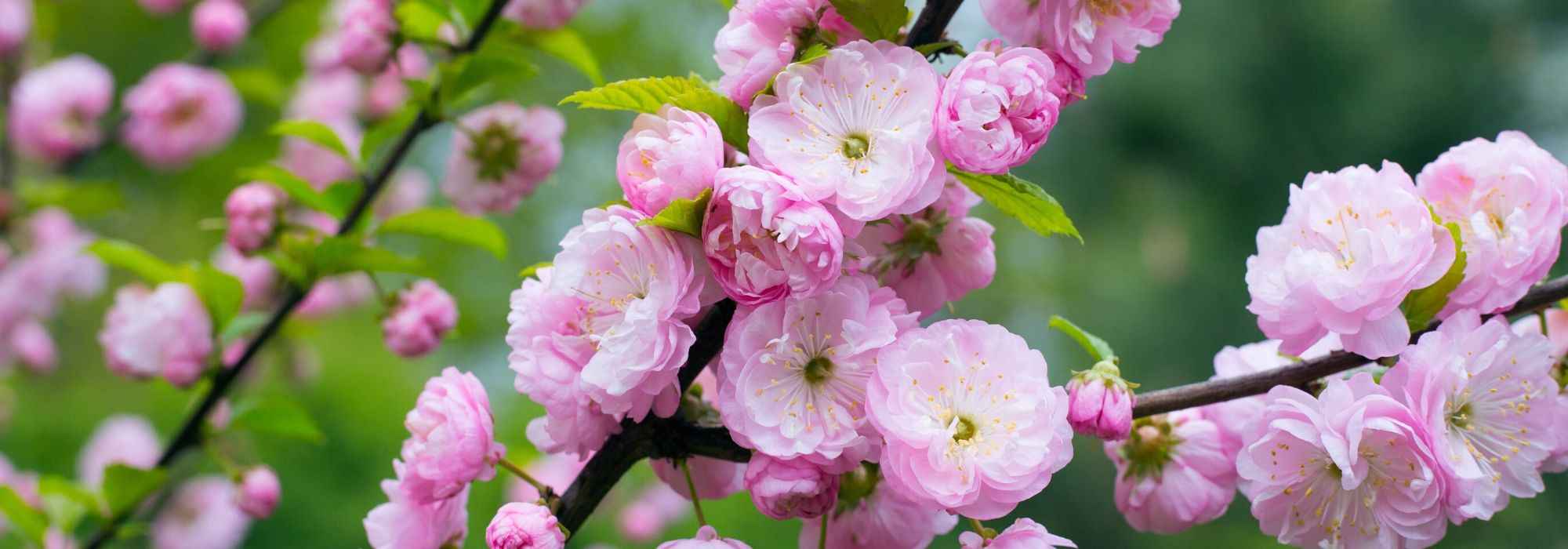
6 winter-flowering Prunus
The earliest varieties
Contents
Each year at the end of winter, the appearance of the first flowers brings a little cheer to gardeners. These early signs of spring are the precursors to the bud burst period, young shoots, birdsong, milder weather and time spent in the garden! In the large family of Prunus, that is flowering cherries, almond trees, apricot trees, peach trees… many trees and bushes flower very early. Some varieties, particularly early ones, even brave winter’s last chills, revealing their flowers before leaves appear. Discover my selection of early Prunus that flower before all others!
Prunus yedoensis, a large-flowered cherry tree
Prunus yedoensis or Yoshino cherry stands out for its spreading habit and its arching branches reaching 6 m span that give it a very elegant silhouette, evoking Japanese woodblock prints.
From March, and before leaves appear, it bears clusters of large 3 cm flowers that carpet the twigs. These single, cup-shaped flowers have a pale pink hue that whitens before fading. Very numerous, they are delicately scented and contrast beautifully with the tree’s dark bark. In autumn, its deciduous foliage turns a bright golden-yellow, enhancing its appeal.
This cherry reaches 8 metres in height and almost as wide at maturity, making it ideal for small and large gardens alike! It is also a good choice for biodiversity. Indeed, birds and small mammals relish its small sour cherries.
In the garden, plant in full sun or partial shade in fresh, well-drained, neutral soil. It will tolerate slightly calcareous soil but prefers shelter from cold winds. This small tree is hardy down to −15°C.
Versatile, Prunus yedoensis can be planted at the back of a border, used in an informal hedge, but it is undoubtedly as a solitary specimen that its elegant silhouette will have the greatest impact.
Prunus mume ‘Beni Chidori’: Japanese apricot with very early flowering
Prunus mume ‘Beni Chidori’ is a very early Japanese apricot that shows its first flowers as early as February in some regions. They open on naked wood and measure 2 to 3 cm in diameter. Single but adorned with long white stamens, they display a cheerful carmine pink and have the advantage of being slightly scented.
Small in size, this 4 m-tall tree has a spreading habit. After flowering, Prunus mume ‘Beni Chidori’ reveals small yellow fruits resembling apricots. About 3 cm in diameter, they are covered with small soft hairs and are even edible despite a flavour that ranges between bitter and tart.
Hardy to -15°C, this small tree can be planted almost anywhere in France. However, we do not recommend it in regions where frost occurs regularly as this could compromise its flowering.
In the garden, Japanese apricot does not like extremes: heavy, compact clay soil suits it no more than very dry soil. It prefers rich, deep, cool but well-drained soil. Plant it in sun or partial shade, in a position sheltered from wind.
As this cultivar is compact, you can easily grow it in a container on a patio. Do provide a fairly large container, around 1 m in diameter, so it has room to develop.
Prunus triloba, Chinese flowering almond with pink pom-pom flowers
Chinese flowering almond is a remarkable Prunus that, in early spring, is covered in adorable very double, pompom-like pale-pink flowers. These flowers appear from February in mild climate, in March–April elsewhere and are accompanied by young pale-green leaves that bring a pleasant breath of freshness to the garden. They are followed in summer by small ovate red fruits.
Prunus triloba forms a small tree with a very ramified habit that does not exceed 3.50 metres in height with a spread of 3 metres. This modest size makes it suitable for small gardens. It will be quite at ease if the garden is walled, because, although hardy down to −15 °C, it dislikes cold winds and needs a very sheltered position.
Plant it in sun or partial shade, ideally in a fresh, deep soil (this suits it perfectly, although it tolerates a little summer drought), even calcareous.
Note that to preserve its dense habit, prune after flowering by shortening the shoots that have flowered, in order to boost branching.
Prunus subhirtella 'Autumnalis Rosea', cherry in flower from November
Astonishingly, the Prunus subhirtella ‘Autumnalis Rosea’ is an ornamental cherry that flowers between November and March when temperatures are mild. Its semi-double, cup-shaped pale pink flowers appear intermittently, in dribs and drabs, sometimes on naked wood, sometimes when branches already bear leaves. It is unquestionably one of the earliest flowerings. Its foliage, deciduous, ranges from pale bronze to dark green, turning yellow in autumn. Fruits are inconspicuous, forming small red cherries that darken to near-black.
As an adult it forms a tree about 5 metres high by 4 metres wide, suitable for all gardens. Its graceful habit and sinuate branches also explain why this prunus is particularly appreciated.
Fortunately, this elegance is matched by exceptional hardiness! This variety tolerates temperatures below -15°C. It can be planted in the coolest regions but, as you will have understood, it will flower best in a mild climate and in a site sheltered from dry, cold winds.
In the garden, plant in full sun or partial shade, in fresh, well-drained soil, neutral to calcareous. Avoid ground that is too dry or, conversely, too wet.
Prunus persica Taoflora, a small flowering peach tree
Flowering peach tree is a small tree very easy to grow! It thrives equally well in neutral, slightly acidic or alkaline soil. Very hardy (below -15°C), it prefers full sun. However, avoid placing it exposed to strong winds, otherwise its flowering may finish sooner than expected. That would be a pity since it completely covers the tree from March to April. White, pink or red, the double flowers arrive before bud burst period. Deciduous foliage is medium to dark green, finely pointed and elliptical. This prunus has a spreading habit but tolerates pruning well if you wish to give it a completely different silhouette. Measuring 3 metres high with a 2.5-metre spread, it slips into any type of garden, even in a container on a terrace. It can equally be planted in a border, as a specimen or in a hedge. It requires little care, apart from some prevention against peach leaf curl. For this, in autumn, consider applying a generous dressing of compost and a spray of nettle manure to prevent deficiencies in zinc and boron, which make specimens more vulnerable to this disease.
Prunus nipponica 'Brillant' — Japanese cherry ideal for hedging
Prunus nipponica ‘Brillant’ is one of the first to flower, from February. It bears small single pale pink flowers marked by a deeper pink centre. They appear before the foliage and cover the upright branches of this Prunus with a dense habit. Fragrant, they provide an excellent source of nectar for bees. Birds, meanwhile, will feast on the drupes that follow the flowering. Its foliage consists of long, finely dentate and glossy leaves. In spring they display a copper tone, before turning medium green in summer, then orange in autumn.
This Japanese cherry forms a small tree 2.5 metres high by only 1.5 metres wide. This dense habit makes it suitable for planting in a border, in a container or as a hedge. It tolerates very low temperatures (-25°C), allowing it to be grown in the coldest regions. However, to fully enjoy its flowering, we recommend it for mild climates and sheltered spots.
In the garden, plant it in full sun, in balanced soil that is neither too wet nor too dry, neither too calcareous nor too acidic. Once well established in full sun, it will require almost no maintenance!
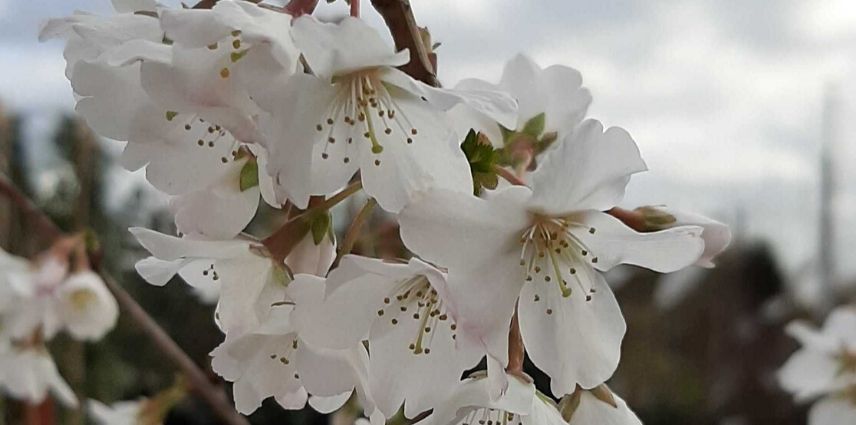
Prunus nipponica ‘Brillant’
- Subscribe!
- Contents































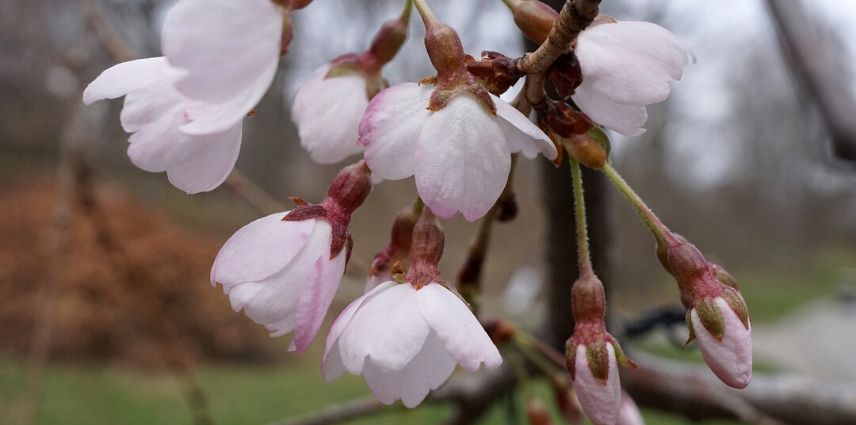
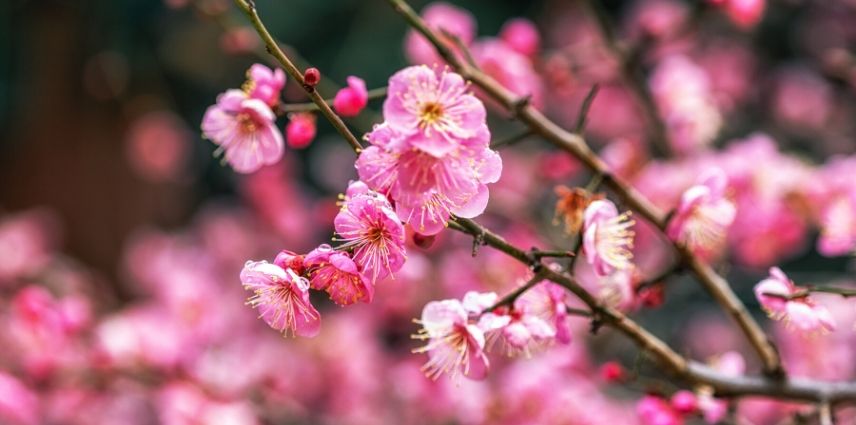
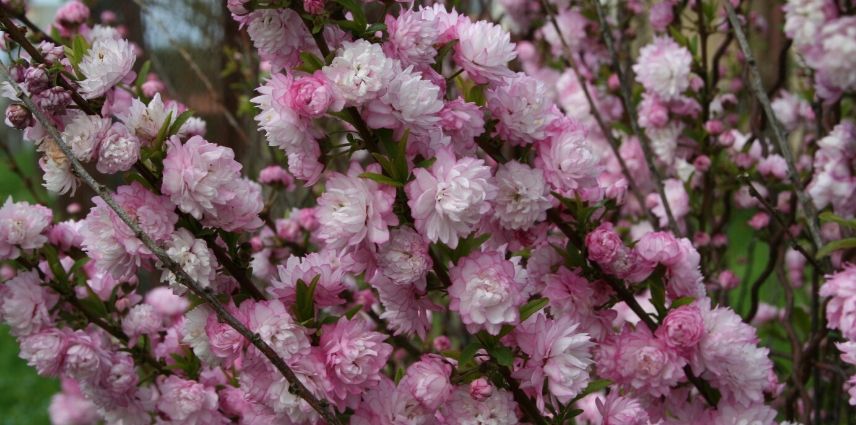
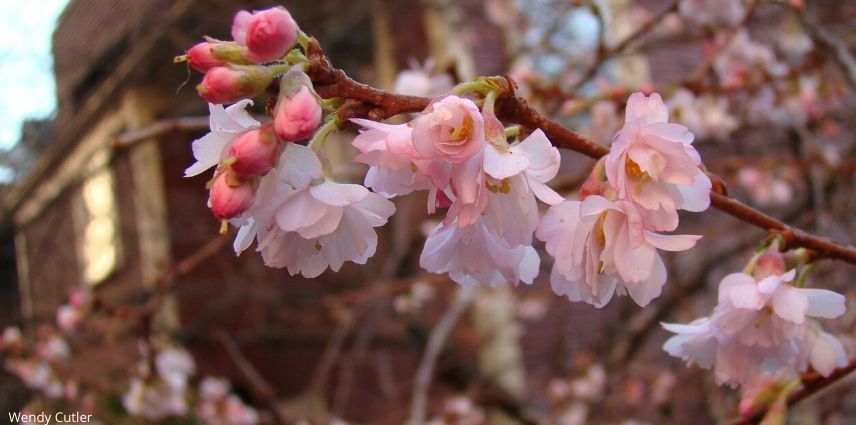
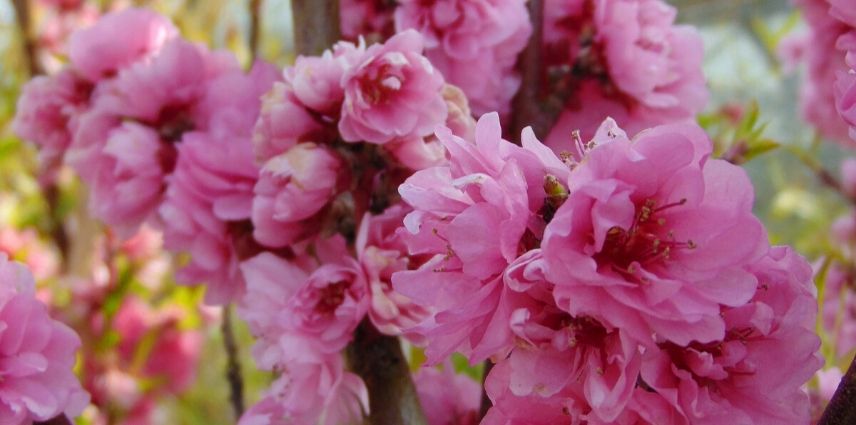
Comments